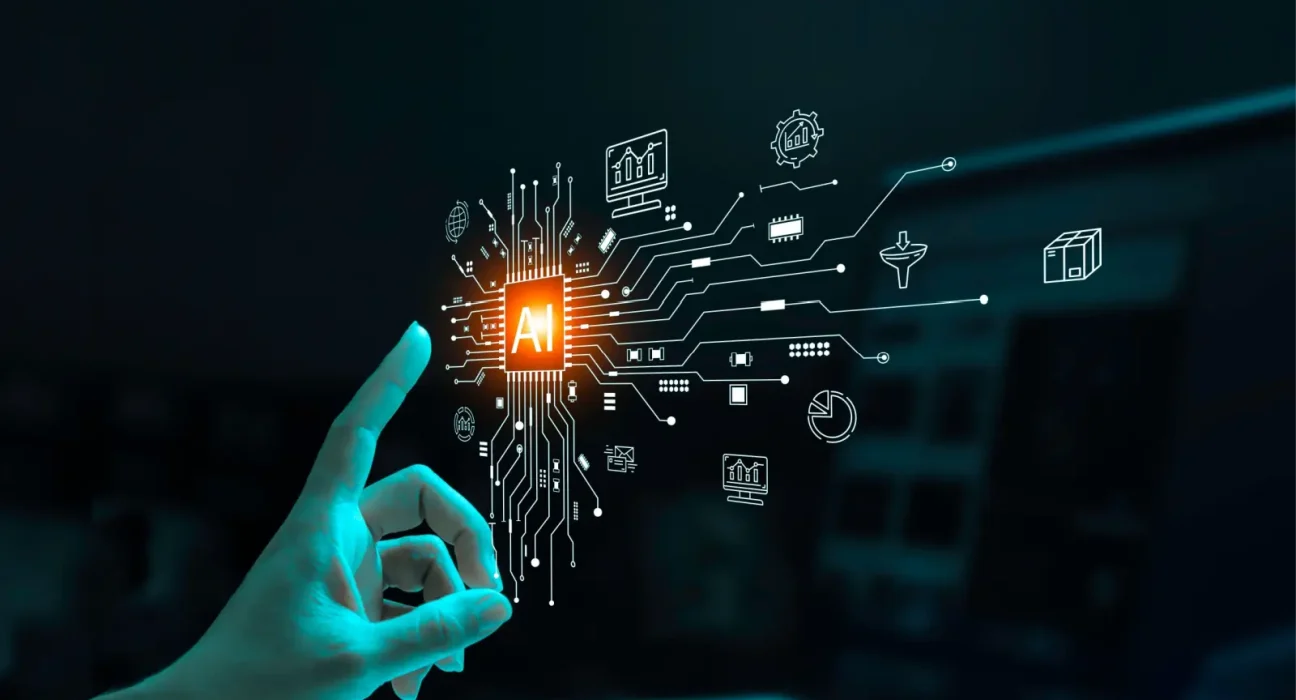The World Wide Web has undergone a radical transformation since its inception in the early 1990s. What started as a platform for sharing static text documents has evolved into a dynamic, interactive, and intelligent digital ecosystem that now shapes nearly every aspect of our lives—from how we work and shop to how we communicate and learn.
This article explores the evolution of the web, highlighting key technological milestones, current trends, and what lies ahead in the ever-changing digital frontier.
1. The Early Days: Web 1.0
The first era of the internet, often referred to as Web 1.0, spanned roughly from 1991 to 2004. It was characterized by:
-
Static HTML pages: Websites were built using simple HTML code, with little to no interactivity.
-
Read-only content: Users could read information but had minimal ability to interact or contribute.
-
Limited design: Layouts were basic, images were sparse, and user interfaces were often clunky.
Examples of Web 1.0 sites included personal blogs, company info pages, and early e-commerce storefronts. Content was centralized, and the user experience was largely passive.
2. The Rise of Web 2.0: Interactivity and User Participation
The mid-2000s marked the dawn of Web 2.0, a shift toward more interactive and social experiences. Major characteristics included:
-
User-generated content: Platforms like YouTube, Facebook, and Wikipedia empowered users to create and share their own content.
-
Dynamic interfaces: Technologies like JavaScript, AJAX, and CSS enabled smoother, more responsive websites.
-
Cloud computing: Web-based applications like Google Docs began replacing desktop software.
-
Social networking: The internet became a space not just for consuming content but for building relationships and communities.
Web 2.0 laid the foundation for the modern web experience and introduced a new era of digital communication and collaboration.

3. The Mobile Web Revolution
With the release of the iPhone in 2007 and the proliferation of smartphones, the web experienced another transformation:
-
Responsive design: Websites needed to adapt to different screen sizes, leading to the rise of mobile-first development.
-
Progressive Web Apps (PWAs): Blending the best of web and native apps, PWAs offered offline access, push notifications, and home screen functionality.
-
Touch-based interaction: UX design had to evolve to accommodate fingers instead of mice and keyboards.
-
App ecosystems: While web browsers remained vital, mobile apps introduced a new layer of interaction with online services.
Mobile technology made the web more accessible, allowing people to stay connected on the go.
4. Web 3.0: The Intelligent and Decentralized Web
We are now entering the Web 3.0 era—also known as the semantic web or decentralized web. This stage is defined by three core ideas:
A. Intelligence and Personalization
-
Artificial intelligence (AI): AI-driven algorithms personalize content, search results, ads, and user experiences.
-
Machine learning: Platforms learn from user behavior to improve functionality and recommendations.
-
Voice assistants: Tools like Siri, Alexa, and Google Assistant use natural language processing (NLP) to make web interaction more human-like.
B. Interconnectivity and Semantics
-
Structured data: Websites increasingly use semantic markup (e.g., Schema.org) to help machines understand content contextually.
-
Linked data: The goal is to create a web of data, not just documents, where information is meaningfully connected and discoverable.
C. Decentralization and Blockchain
-
Cryptocurrencies and NFTs: Blockchain technology allows for decentralized ownership, peer-to-peer transactions, and tokenized assets.
-
Decentralized apps (dApps): Built on blockchain platforms like Ethereum, dApps reduce reliance on centralized servers.
-
Data ownership: Web 3.0 advocates for users controlling their own data, with tools like wallets and distributed storage systems (e.g., IPFS).
Web 3.0 aims to create a more open, transparent, and user-controlled internet.
5. Key Technologies Shaping the Web Today
A. HTML5 and CSS3
Modern web design relies on HTML5 for rich media and interactive elements, while CSS3 offers advanced styling tools like animations, flexbox, and grid layouts.
B. JavaScript Ecosystem
From React and Vue to Node.js and TypeScript, JavaScript has become the backbone of modern web development, enabling complex single-page applications (SPAs).
C. APIs and Headless CMS
APIs (Application Programming Interfaces) and headless content management systems allow content to be created once and delivered across multiple platforms—websites, apps, kiosks, and more.
D. Cloud and Edge Computing
Cloud platforms like AWS, Google Cloud, and Microsoft Azure support scalable infrastructure. Edge computing brings data processing closer to the user, reducing latency and enhancing speed.
E. Cybersecurity
With increased data usage comes the need for robust security. HTTPS, SSL, two-factor authentication (2FA), and regular patching are essential for protecting web applications.
6. Accessibility and Ethical Design
Modern web development places strong emphasis on inclusivity and ethics:
-
Accessibility (a11y): Websites must be usable by people with disabilities, following guidelines like WCAG.
-
Dark patterns: Manipulative UI designs are being called out and regulated.
-
Privacy: GDPR, CCPA, and other regulations mandate transparent data collection and user consent.
-
Sustainability: Developers are exploring green hosting and carbon-efficient design to reduce the environmental impact of the web.
The modern web isn’t just about technology—it’s about responsibility.
7. The Future of the Web
Several emerging trends point to where the web is headed:
-
Immersive experiences: Augmented reality (AR) and virtual reality (VR) will merge with web content, creating immersive websites and 3D shopping experiences.
-
Voice and gesture interfaces: Typing may become less common as voice and gesture control evolve.
-
Quantum computing: Though still in its infancy, quantum computing may eventually transform encryption, search, and AI on the web.
-
5G and beyond: Faster mobile networks will enable richer media and real-time collaboration with less buffering or lag.
We’re moving toward a web that’s more immersive, intelligent, and human-centered.

Conclusion: The Web as a Living Organism
The web is no longer just a collection of pages—it’s a living, evolving ecosystem shaped by billions of users, developers, and innovators. From the static pages of Web 1.0 to the decentralized promise of Web 3.0, the internet has become a critical infrastructure for knowledge, commerce, and culture.
As we look forward, the challenge is to ensure that the web remains open, accessible, and empowering. Whether you’re a casual user, a business owner, or a developer, staying informed and adaptable will help you thrive in this ever-changing digital world.
Would you like this adapted for a web agency, developer blog, or educational platform?

